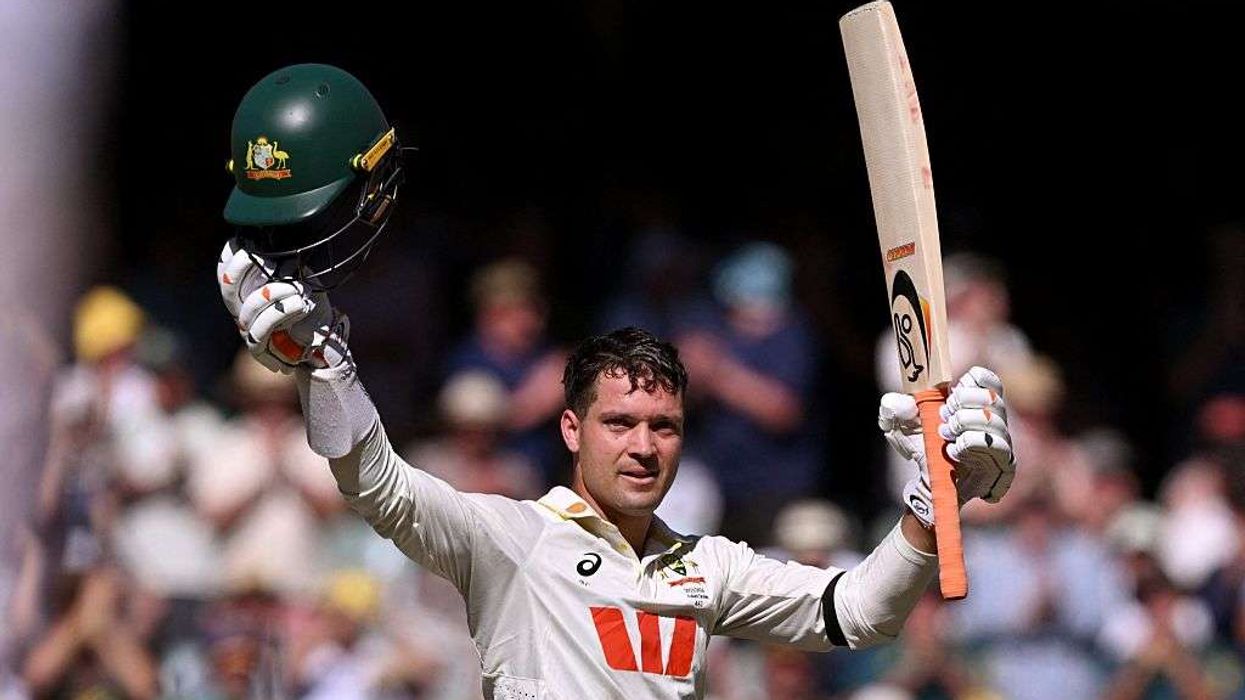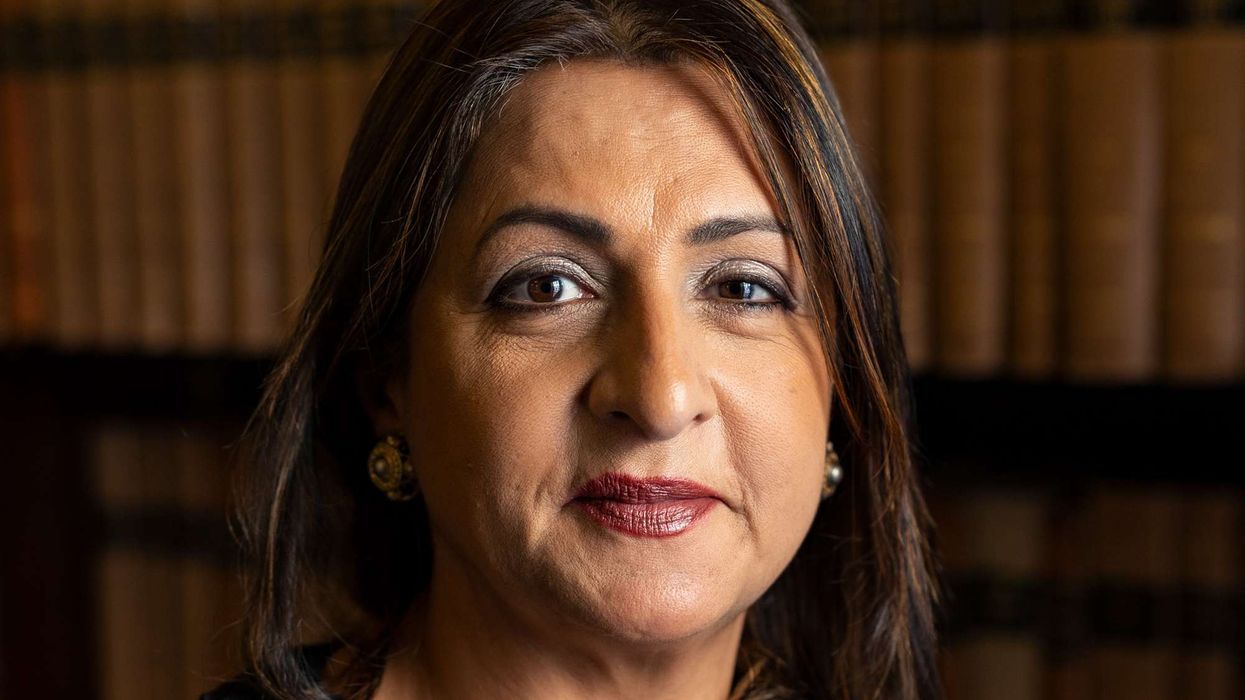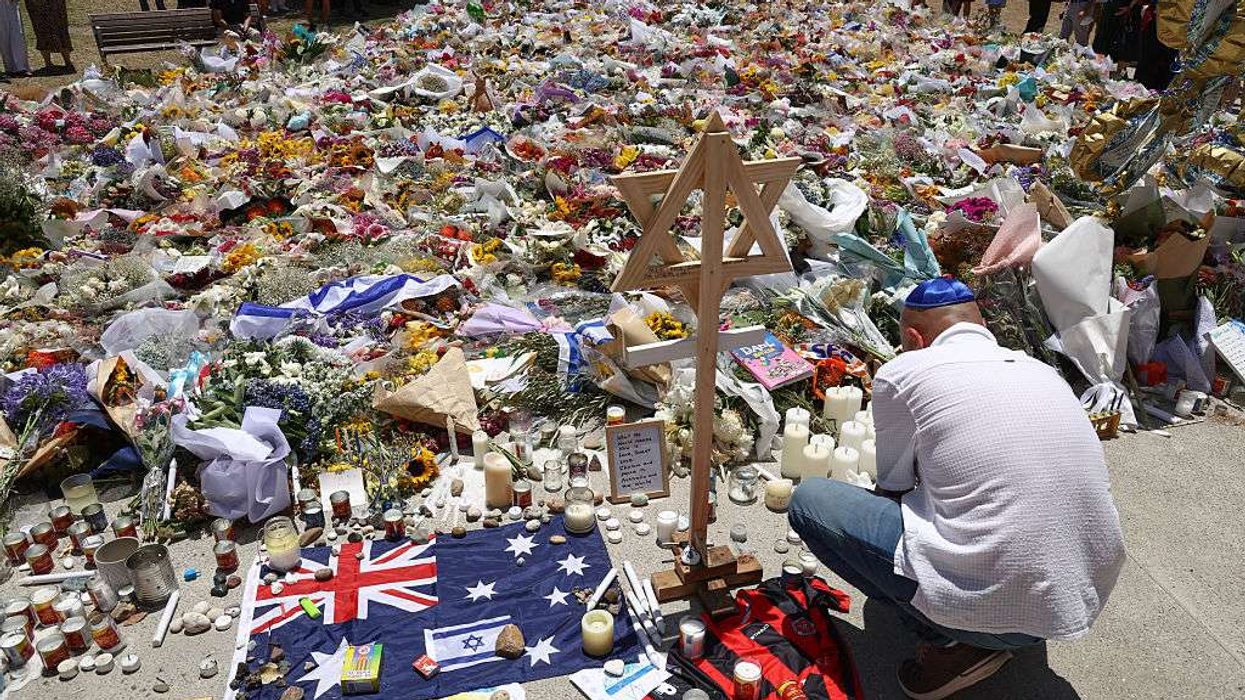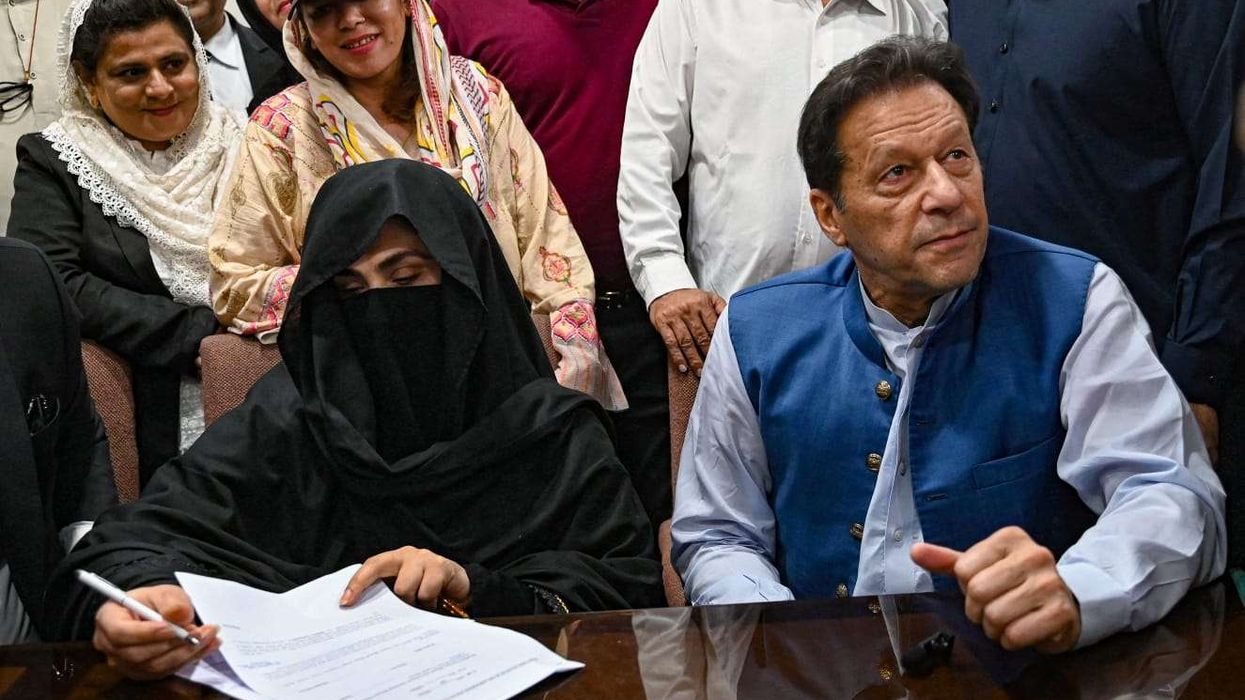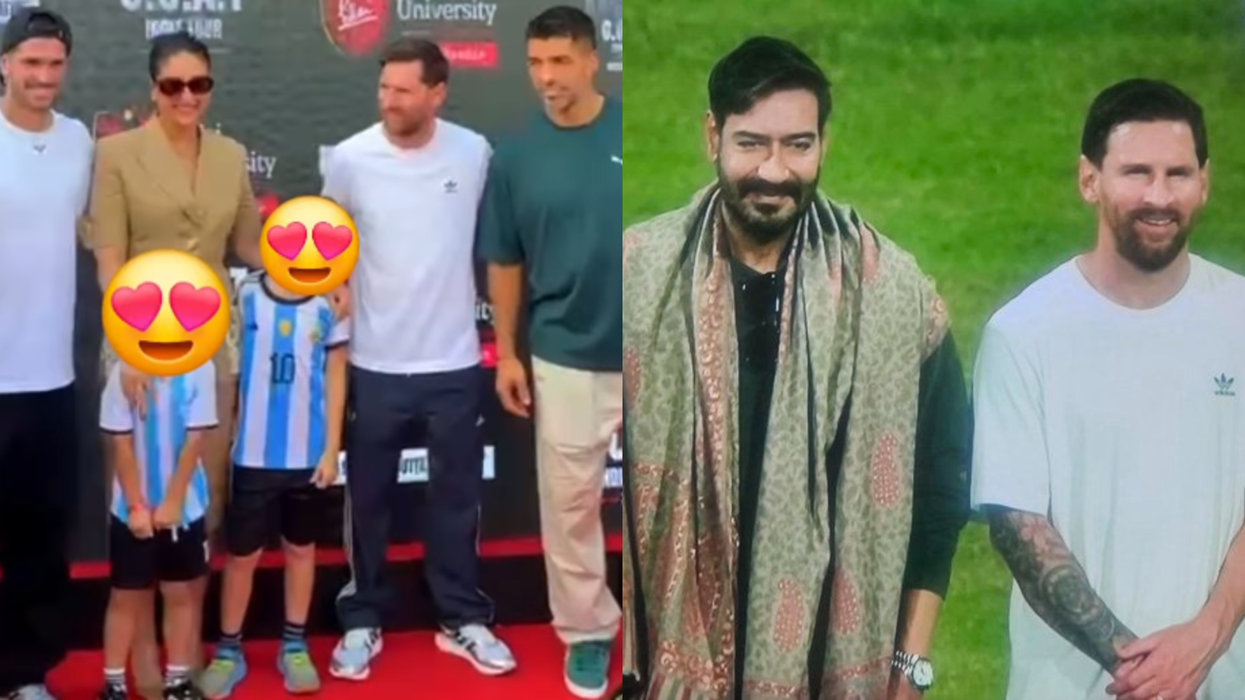JAMMU and Kashmir is a region bestowed with beautiful lakes and these waterbodies have much to offer to travellers who come from far and wide. The picturesque lakes of Jammu and Kashmir are major crowd pullers. Surrounded by majestic mountainous ranges, the lakes add to the uniqueness of the state of Jammu and Kashmir.
Dal Lake
The most famous of all waterbodies in the region is the Dal Lake. Referred to by various names such as “Lake of Flowers” and “Jewel in the crown of Kashmir”, the Dal Lake is located in Srinagar and is surrounded by mountains and Mughal gardens. The most significant feature of this lake is it gives one a 360 degree view of the Himalayas.
Tourists can enjoy beautiful sunsets here while taking rides on the houseboats and shikaras. One can also enjoy several watersport activities organised here such as swimming, water surfing, kayaking, angling and canoeing.
The lake is also rich in lotus, water lilies and water chestnuts. The fishing industry at Dal is central to many of the people’s livelihoods who reside on the lake’s periphery.
Dal lies at the heart of the Srinagar city and is well connected by road and air links.
The National Highway NH1A connects the Kashmir valley with the rest of the country. Water taxi services are available to see the sights around the lake.
Wular Lake
Wular Lake is another important waterbody that’s located at the base of Haramuk Mountain. It has been declared as one of the largest fresh water lakes in Asia and is known among travellers and locals as an ideal sunset point.The lake lies in the Bandipora district of Jammu and Kashmir and is partly fed by the Jhelum river. The lake basin was formed as a result of tectonic activity.
Tourists can indulge in boating, water sports and water skiing on Wular Lake. Wular Lake also doubles up as a birdwatcher’s paradise as it is known for its avian population.
To visit Wular Lake, fly to Srinagar and then take a taxi to Bandipore district, which is about 20km to 30km from the Leh-Srinagar Highway. The best months to visit the place is between June and August. The Nagin lake The Nagin lake is yet another tourist spot that should be on one’s must-visit list while on a trip to Jammu and Kashmir. Situated not very far from the Dal lake, the Nagin lake is known to offer visitors quiet and serene time. The lake is surrounded by poplar and willow trees, which add to its beauty.
Houseboats and shikaras are a usual sight. Because it is less crowded than the Dal Lake, it’s ideal for swimming. Summers is the best time to visit this lake because this lake freezes in winter, which makes it least accessible. Nagin Lake offers both aesthetic and adventurous pleasures.
The Mansar
The Mansar Lake is famous for the holy sites that are present on its banks. The famous sheshnag temple and the temple of Lord Shiva and Goddess Parvati are a must see. It draws thousands of religious tourists every year around Baisakhi. Newly wed couples perform three circumambulations around the lake to seek the blessings of the lord of serpents. Many Hindu communities perform the mundan ceremony (first haircut) of children here. A dip in the Mansar Lake is believed to wash away one’s sins.Mansar Lake is situated about 40km south of Udhampur and is around 62km from Jammu.
A wild life sanctuary located near the lake is home to a number of animals such as deer and Neelgai. The lake also houses around 207 species of algae, seven species of fish and 15 species of waterfowl.
Surinsar Lake
Considered to be the twin of Mansar Lake is the Surinsar Lake, which has mythological significance.It is nestled in beautiful mountain ranges and just about 40km from the city of Jammu. According to Hindu mythology, Surinsar Lake was created after the great warrior Arjuna shot an arrow in Mansar Lake.
The lake is situated 30km away from its sister lake and is fringed by a mix of mangroves and pine trees. During summers, the abundance of the floating lotuses on the surface of the lake adds to its beauty and charm. Due to its religious significance, boating and swimming are restricted.
The Manasbal Lake
The Manasbal Lake in Srinagar is yet another popular tourist destination that’s preferred by birdwatchers. The lake is one of the largest natural stamping grounds of aquatic birds in Kashmir.Facilities for a number of watersport activities are available on the lake. For instance, when the weather is pleasant in the months of May and August, tourists can be seen water skiing on the Manasbal Lake.
The lake has a lot to offer for those interested in history in the form of the Manasbal Temple, the ruins of a terraced Mughal garden and sculptured stones of some Buddhist shrines on the banks of the lake.
In the months of July and August, lotus flowers bloom in the lake and are harvested by the locals for consumption and sale. Visitors would get ample photography and hiking opportunities during this period.
The lake is approached from Srinagar by a 30-kilometre road via Shadipora, Nasim and Gandarbal. While the Baladar Mountain overlooks the lake’s eastern bank, on its northern bank are the ruins of Darogabagh. The villages of Kondabal, Jarokbal and Gratbal overlook the Manasbal Lake.
